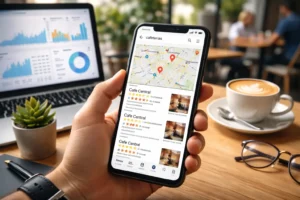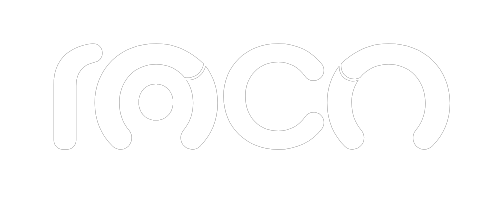Imagine having the power to target every ad to the right person at the right time, ensuring your campaigns aren’t just seen, but have a real impact. Google has perfected this capability with technologies that transform the way you connect with your audience.
In this blog, we will reveal how these advancements can revolutionize your approach to advertising, taking your strategies to a level that previously seemed unattainable. Are you ready to discover the true potential of your digital marketing?
Precision in Digital Advertising
In digital marketing, precision is crucial to the success of any campaign. As a leader in advertising technologies, Google has developed advanced tools that allow businesses to reach specific audiences with unprecedented accuracy. This capability relies not only on effective segmentation, but also on the ability to analyze large volumes of data in real time, ensuring that each ad reaches the right audience at the ideal time.
Precision optimizes advertising budget by targeting ads to people most likely to be interested in the products or services offered. This improves return on investment (ROI) and increases conversion rates, making marketing efforts more effective.
Furthermore, precision requires constant adaptation. Google adjusts and refines campaigns in real time, ensuring they align with user behavior trends, allowing businesses to respond quickly to market changes and stay competitive in an evolving digital environment.
The Power of Demographic Data
Demographic data is one of the most powerful tools Google uses to improve the accuracy of advertising campaigns. This data includes information such as users' age, gender, and geographic location. By leveraging this data, Google enables businesses to segment their audiences in a highly specific way, targeting ads to people who are most likely to be interested in their products or services.
For example, a company that sells luxury goods can use demographic data to ensure that its ads are primarily shown to people in an age range and income level that matches its target market. This maximizes ad relevance, which in turn increases the likelihood of engagement and conversion.
Demographic-based targeting not only improves campaign effectiveness, but also allows businesses to better manage their advertising budgets. By targeting ads to only the most relevant people, wasted impressions on uninterested audiences are reduced, optimizing advertising spend.
Interests and Behaviors: Understanding Your Audience
Google collects data about users' online activity, such as the pages they visit, the products they search for, and the content they consume. This data allows Google to build a detailed profile of each user, identifying their interests and behavioral patterns.
By using this information, businesses can target their ads to users who have already shown interest in similar products or services, significantly increasing the likelihood of conversion. Google’s ability to analyze and segment audiences based on interests and behaviors not only improves ad relevance, but also allows for deeper personalization.
Businesses can tailor their advertising messages to align with the specific interests of each user group, creating a more engaging experience and increasing overall campaign effectiveness.
Optimization on Multiple Devices
In today's digital age, users interact with content on a variety of devices, from mobile phones and tablets to desktop computers. Google understands the importance of this diversity of platforms and has developed technologies that ensure ads are optimally displayed on any device.
Multi-device optimization involves adjusting ads to be visually appealing and functional, regardless of the screen size or operating system used. This is crucial because an ad that looks good on a desktop computer may not be as effective on a mobile phone if it is not properly optimized.
Google not only adapts the design of ads, but also takes into account the context in which the user is using a device. For example, a user searching for products on their mobile phone might be looking for an immediate purchase, while someone using a desktop computer might be conducting more detailed research. With this information, Google adjusts the way ads are presented to maximize their relevance and effectiveness in each situation.
Harness the Power of Data for Precise Advertising
Data is at the heart of accurate and effective advertising. When used correctly, it can transform a generic campaign into a highly targeted and efficient strategy. Google provides powerful tools that allow you to leverage this data to reach your ideal audience with laser-like precision.
By understanding and applying demographics, interests and behaviors, and device preferences, you can create campaigns that not only reach the right people, but also do so at the right time and in the right context. This precision not only improves return on investment (ROI), but also increases the likelihood of conversion, making every advertising dollar count.
Don’t underestimate the power of data in digital advertising. By leveraging these tools, you can ensure your message reaches the people who really matter, at the perfect time, maximizing the impact of each campaign.
Take your advertising strategy to the next level with Roco
Ready to make the most of data and optimize your advertising campaigns? Agencia RocoAt Google, we're experts at using Google's advanced tools to target your ads with pinpoint precision. From demographic targeting to interest-based personalization, we help you connect with your ideal audience and maximize your return on investment (ROI). Don't let your advertising be just another campaign; make it effective and meaningful.





